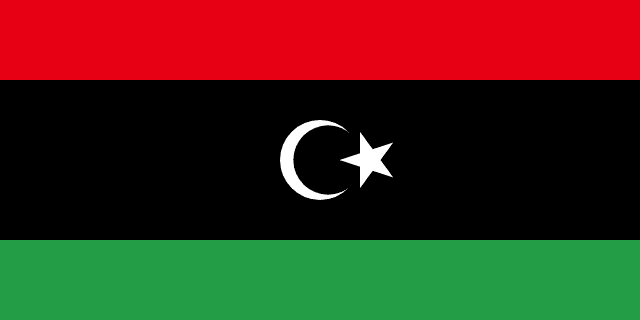Country Information
| Sovereign State | Yes |
| Country Codes | SD, SDN, 729 |
| Official Name | Republic of the Sudan |
| Continent | Africa |
| Capital | Khartoum |
| Government Type | Provisional Government |
| Currency | Sudanese Pound (SDG) |
| Calling Code | +249 |
| Member Of | United Nations, African Union, Arab League, Organisation of Islamic Cooperation |
| Population | Approximately 43 million |
| Total Area | 1,886,068 km² |
| Highest Point | Deriba Caldera (3,042 meters, 9,980 feet) |
| Lowest Point | Red Sea (0 meters, 0 feet) |
| GDP Per Capita | USD 1,560 |
| Life Expectancy | 65 years |
| Internet TLD | .sd |
Sudan National Anthem
Nahnu Jund Allah Jund Al-watan (We Are the Army of God and of Our Land)
We are the army of God and of our land,
We have pledged our lives to Sudan’s cause,
We grant a covenant to our country,
To protect it from the invaders.
Flags of Neighboring Countries







History of the Sudan Flag
The national flag of Sudan was officially adopted on May 20, 1970. It is based on the Arab Liberation Flag shared by Egypt, Iraq, Syria, and Yemen, which were part of the Arab nationalist movements.
The flag of Sudan features three horizontal stripes of red, white, and black, with a green triangle at the hoist. The red stripe represents Sudan’s struggle for independence and many martyrs who have sacrificed their lives. White symbolizes peace, light, and optimism. Black stands for Sudan itself, as the word “Sudan” in Arabic means “black”. The green triangle symbolizes agriculture, prosperity, and Islam, which is the majority religion in Sudan.
The design of the flag reflects both the pan-Arab colors and Sudan’s own unique cultural and political history. The flag underwent a change from the original design adopted at independence in 1956 to its current form, representing the country’s evolving political landscape.
The flag of Sudan is a symbol of the nation’s pride, sovereignty, and unity. It is prominently displayed in public buildings, used in national ceremonies, and represents Sudan in international forums. The flag serves as a reminder of the country’s journey through colonialism to independence, its diverse cultural heritage, and its aspirations for the future.

